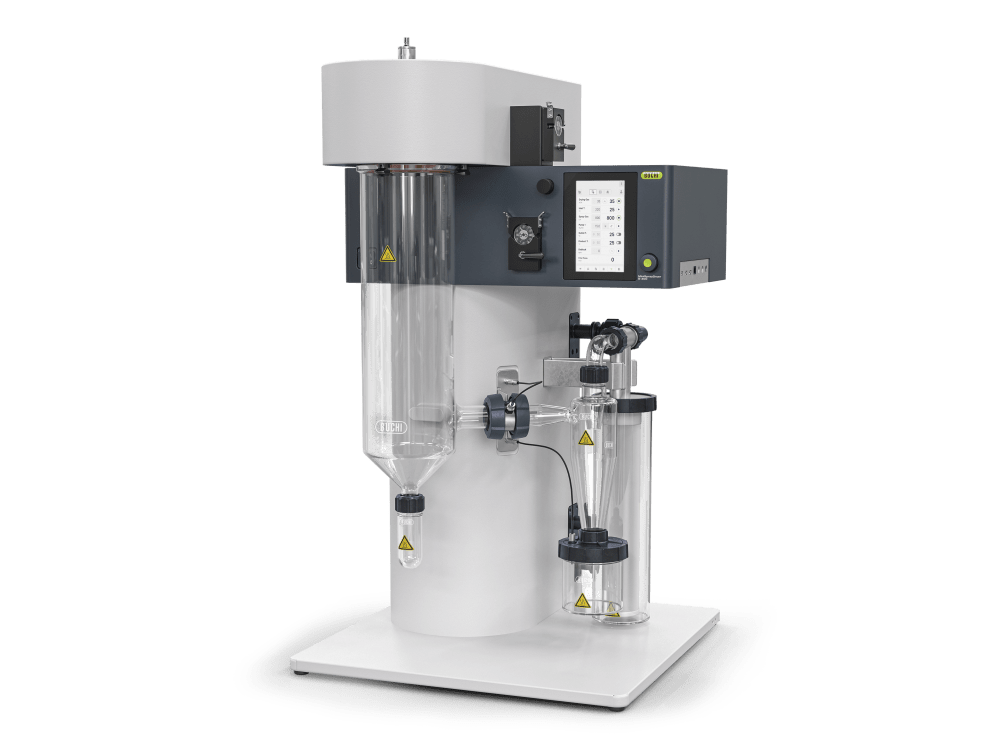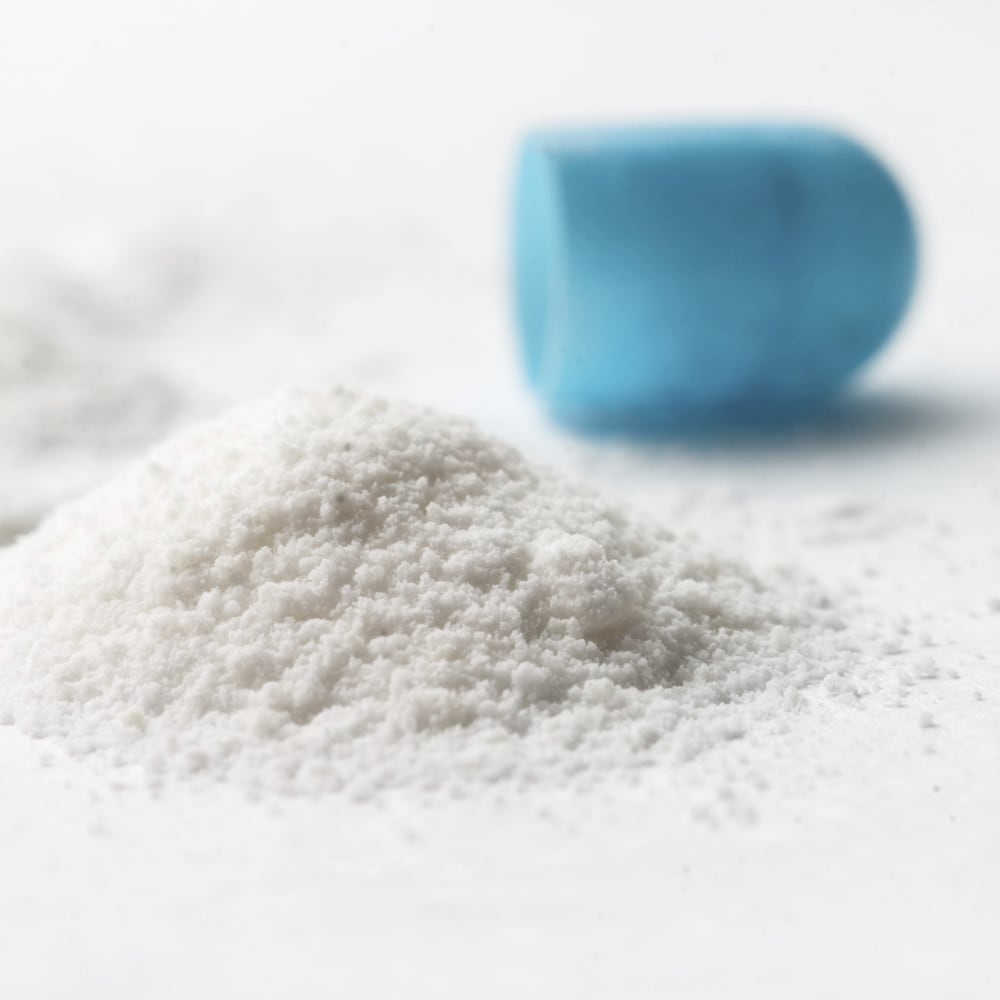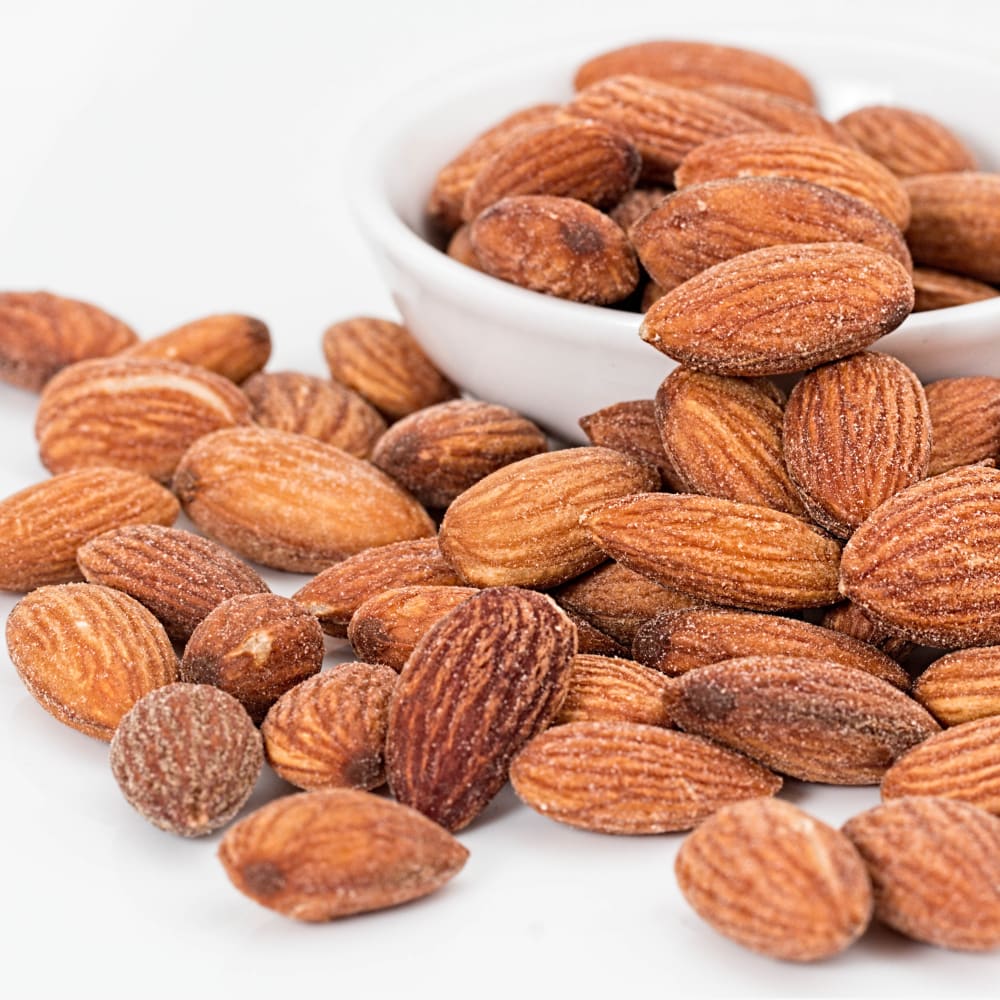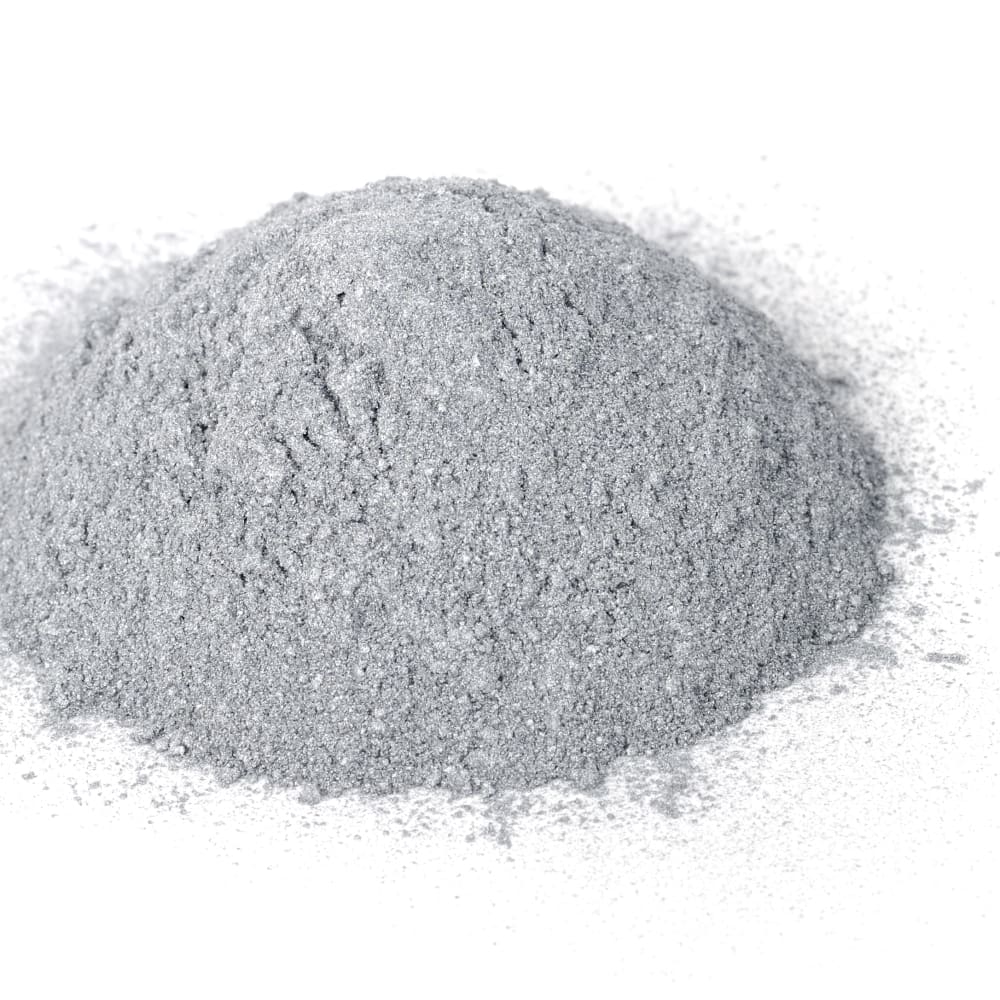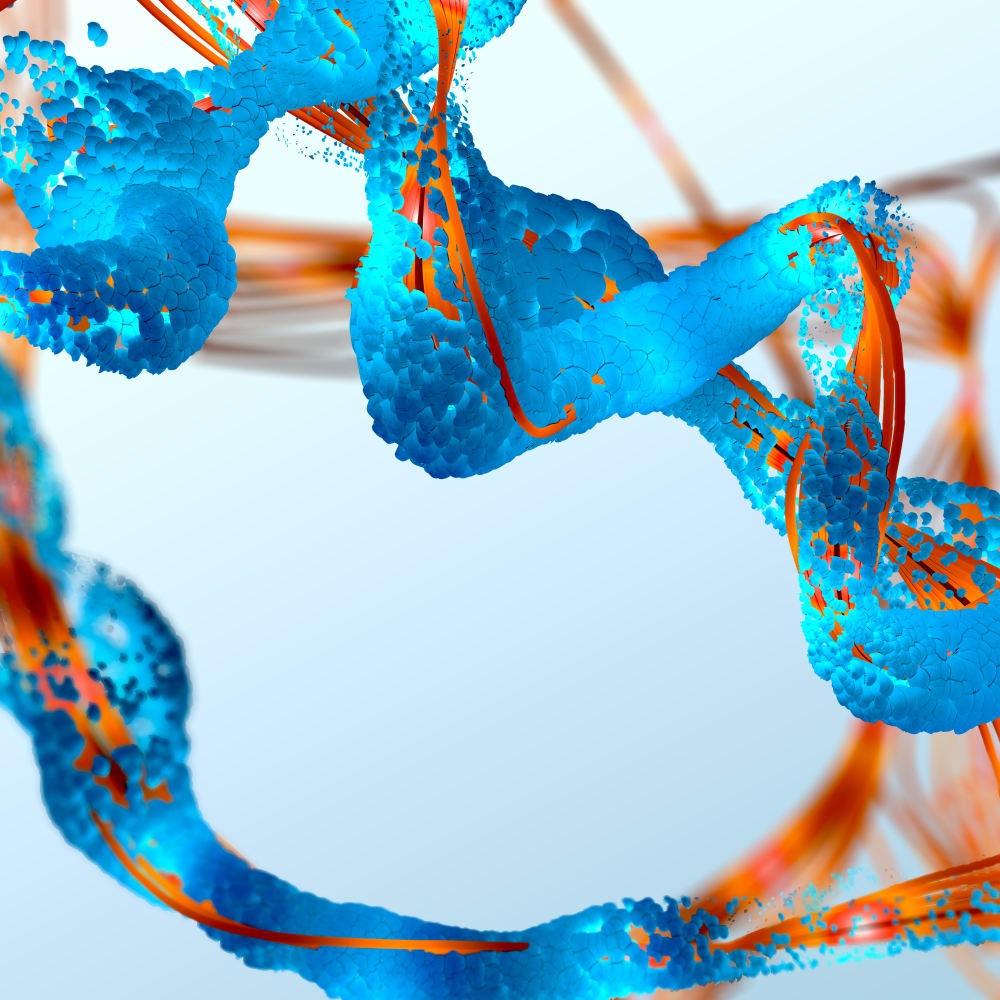Spray Drying of Oxytocyn acetate
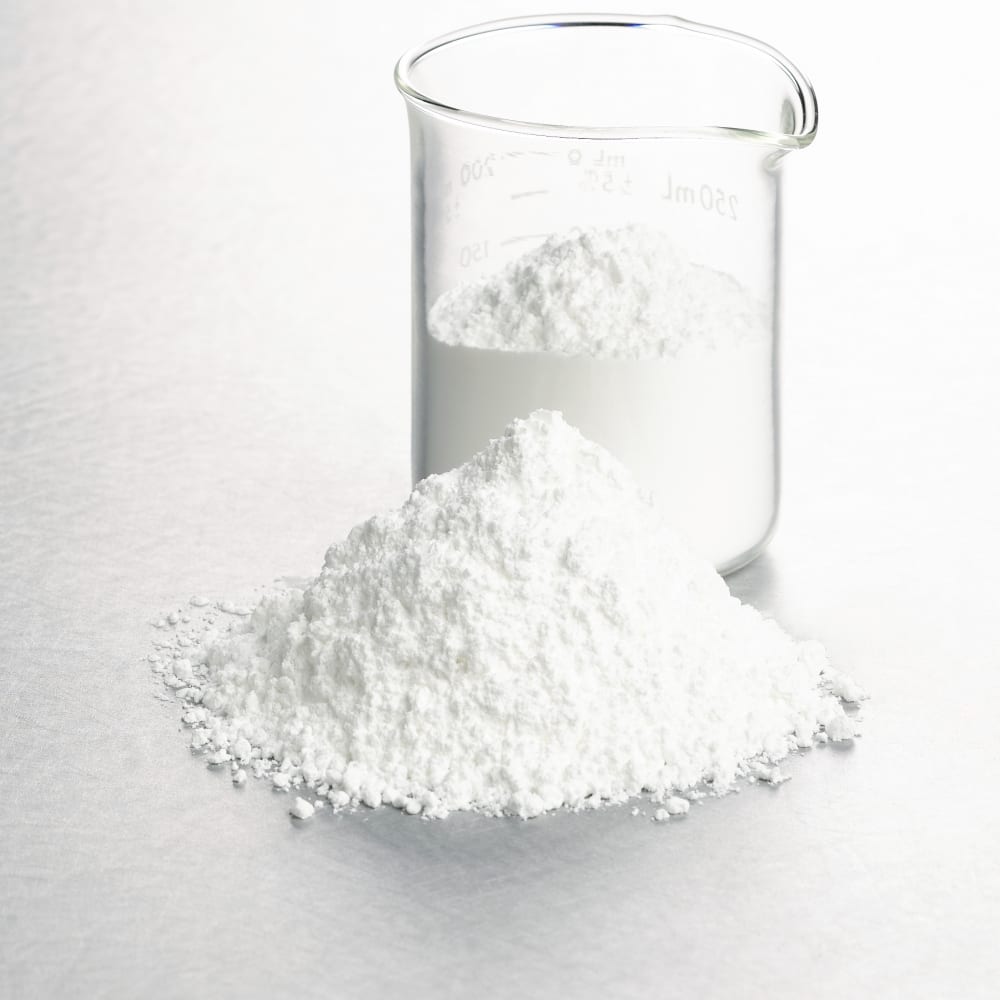
Spray drying of oxytocin acetate is a process of converting liquid oxytocin acetate into dry powder form using a spray dryer. Oxytocin acetate is a synthetic hormone used to induce labor, prevent or control bleeding after childbirth, and in the treatment of breast pain or discomfort. Spray drying is a commonly used technique to produce stable and easily transportable formulations of oxytocin acetate that can be used in various pharmaceutical products.
The spray drying process of oxytocin acetate involves atomizing the liquid into a fine mist and then exposing it to hot air. The liquid droplets quickly evaporate, leaving behind dry powder particles. The resulting powder has a longer shelf life, better stability, and improved solubility in water.
The use of spray drying for oxytocin acetate has been crucial in the development of safe and effective pharmaceutical products for maternal health. This process has allowed for the easy storage and transportation of oxytocin acetate, making it more accessible to people in remote areas where refrigeration may not be readily available. It has also helped in the development of new formulations of oxytocin acetate that can be administered through different routes of administration, such as oral or nasal sprays, for improved patient convenience and compliance.
Please see the application note No. 597 for starting parameters, formulations and some results.
